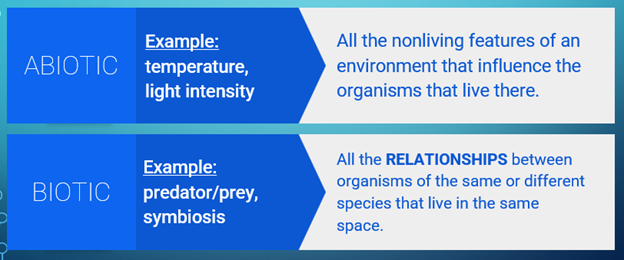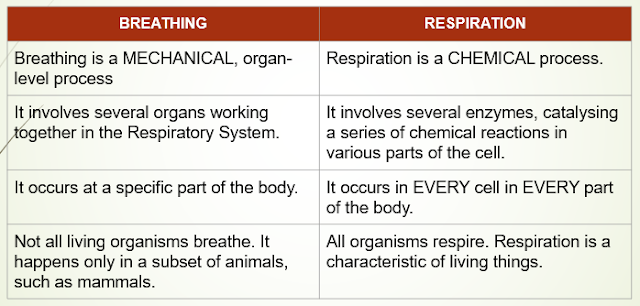ECOLOGY BASICS & FIELDWORK [CSEC BIOLOGY]
SYLLABUS REFERENCE
[A2.1] carry out a simple ecological study using the most appropriate collecting and sampling methods;
[A2.2] distinguish between the following pairs of terms:
(a) abiotic & biotic factors,
(b) niche & habitat,
(c) population & community,
(d) species & population;
[A2.3] discuss the impact of the abiotic factors (soil, water, climate) on living organisms.
IMPORTANT ECOLOGICAL TERMS
ECOLOGY
The study of organisms and their surroundings or environment.
ECOSYSTEM
The community of organisms in a habitat, along with all the factors in the same habitat that influence them.
ABIOTIC VS BIOTIC FACTORS
NICHE VS HABITAT
SPECIES VS POPULATION VS COMMUNITY
ABIOTIC ASPECTS OF SOIL
Many abiotic factors in a given ecosystem are exist in the soil found in the environment. In turn, soil provides a habitat for many organisms.
Abiotic factors found in soil include the following:
- water content
- water-holding capacity
- organic and mineral content
- air content
- pH
- salinity
ABIOTIC FACTORS IN THE AIR
This include air present in the atmosphere, as well as in the soil. Air is a mixture of several gaseous chemicals. The following are the most important:
- Oxygen: required for respiration of plant roots and all organisms
- Carbon dioxide: required as a raw material for photosynthesis
- Nitrogen: an inert gas, but some microorganisms can use the nitrogen to make nitrogenous compounds such as nitrates. Nitrates, in turn, are taken up from the soil through plant roots and used to make important materials such as proteins and DNA.
OTHER ABIOTIC FACTORS
Two other abiotic factors that influence the distribution and abundance of organisms are LIGHT & TEMPERATURE.
- LIGHT: source of energy for green plants & other photosynthetic organisms, such as algae & some bacteria.
- TEMPERATURE: influences the rate at which chemical reactions occur in the bodies of organisms.
Various aspects of these factors include maximum and minimum temperatures, light duration & light wavelength.
ECOLOGICAL FIELDWORK
HABITAT
This is a place where an organism lives. It provides all the biotic and physical needs of the organisms that live there.
It can be aquatic (salt or freshwater) or terrestrial (wide range of environments, from a rainforest to a desert).
Some organisms, such as migratory birds, live in more than one habitat.
Ecological fieldwork tends to focus on the habitats within an ecosystem.
One of the first steps when studying a habitat is to make a species list.
This gives you an idea of the organisms that live in that habitat, thus making up the local community.
In order to determine where these species live, as well the size of their populations, one can use several of the following equipment, and techniques.
LINE VS BELT TRANSECT
Using a line transect essentially involves extending a line or tape across the site being investigated. One them records the vegetation that touches the line at regular intervals, such as every 50 cm.
A belt transect is used to determine the abundance of organisms along the line.
Quadrats are pit down at intervals, and used to determine the density of the select species determined. The results can be plotted as graphs to show how select species are distributed along the transect, and how abundant they are.
MARK-RELEASE-RECAPTURE
This is a technique used to improve estimates of population sizes of animal species.
The total population is calculated using the following formula...



















.png)


